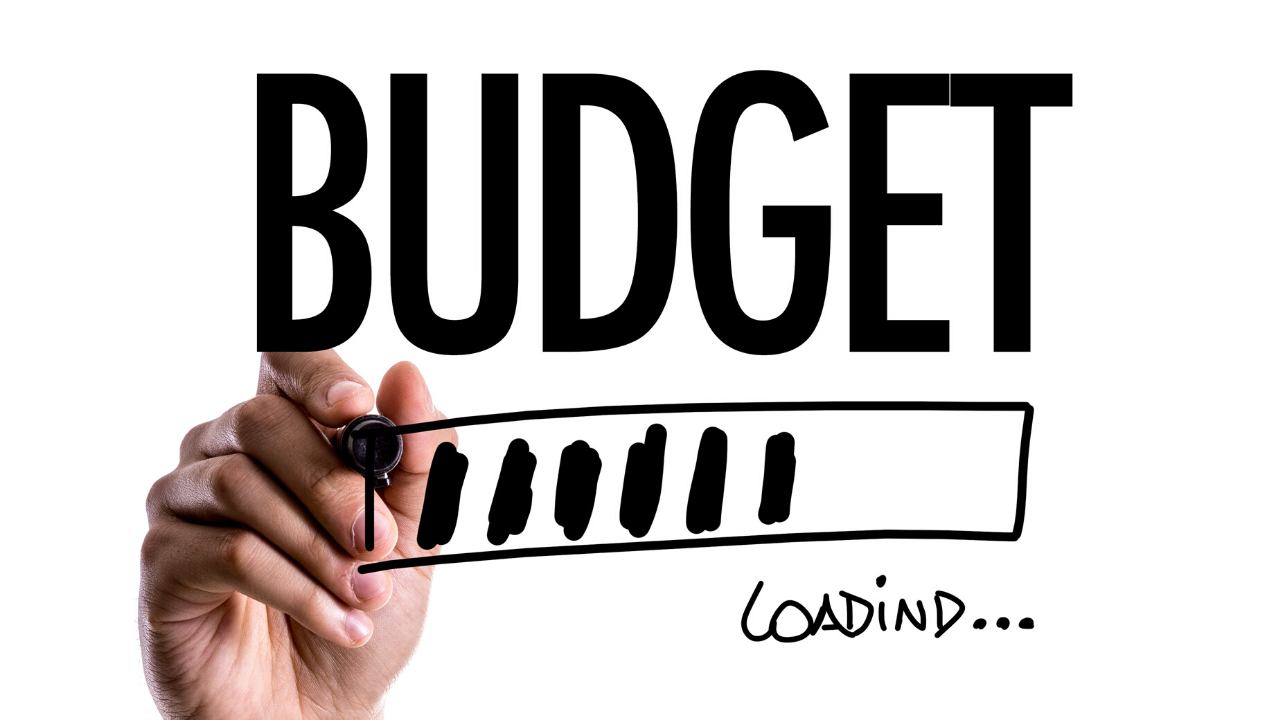Ready to Buy? Tips On How To Budget for Your House Payment
March 12, 2020

If you're shopping for a manufactured home, determining the loan amount you're able to handle can be quite difficult. Since purchasing a manufactured home with the help of a loan is a long-term financial commitment, assessing whether you can really afford a significant increase in your monthly debt payment could help you make an informed decision. To ensure you're doing your calculations correctly, it's important to know the components of a manufactured home loan as well as the elements that can affect the monthly loan payment amount. A manufactured home loan includes:
- Principal: Also referred to as the loan amount, the principal represents the amount of money you need in order to buy the manufactured home you want. If you take out a $70,000 manufactured home loan, for example, the principal is $70,000.
- Interest rate: Expressed as a percentage, the interest rate is determined by the principal amount. For instance, a borrower that takes out a $70,000 manufactured home loan with a 7% interest rate will have to pay $4,900 in interest for every year the loan is outstanding. Manufactured home lenders charge this fee to cover the costs of issuing the loan as well as the risk of default associated. The higher the default risk, the higher the interest rate will be. One way to lower the interest rate is to opt for buy-downs, also known as discount points, which represent fees paid directly to the manufactured home lender in exchange for a lower interest rate. Depending on the credit situation of each applicant, buy-downs can be rolled into the manufactured home loan.
- Property Taxes: A manufactured home can be classified as personal or as real property. If your home is classified as personal property, and you rent a lot in a manufactured home community, the cost of property taxes may be included in your rent. If the home is classified as real property, the property tax may be collected by the manufactured home lender and transferred to an escrow account every month, over the life of the loan.
- Homeowners Insurance: If your manufactured home loan application has been approved, you need to provide proof that you've paid in advance one year's worth of coverage at the time of closing.
- Loan term: The term of a manufactured home loan represents the number of years the loan is scheduled to be paid over. The loan term is broken down into an amortization schedule, which indicates how much of each payment goes toward the interest and principal.
If you qualify for a fixed-rate manufactured home loan, your monthly payment will stay about the same for the length of your loan. However, property taxes and insurance rates could change over time, potentially increasing the monthly payment amount you'll have to make on your loan.
Determine How Much You Can Borrow
The easiest way to budget for your manufactured home loan is to use free online calculators. However, considering that the interest rates and loan terms could vary based on your credit and financial situation, the quote you get from a calculator might not match the one offered by a manufactured home lender. As setting a realistic budget is the first step toward buying a manufactured home, we've gathered a few useful tips to help you get the best manufactured home loan for your money.
- Figure out your household income and expenses. For this, you need to determine the monthly net household income, recurrent household expenses, irregular expenses, discretionary expenses, and any money transfers to retirement, investment, or savings accounts. After you subtract your expenses from your household income, you'll find out how much money you're left with each month.
- Determine if there are any expenses you can cut. If your discretionary expenses are higher than you expect, or you're still paying for services you no longer use, you can reduce your monthly expenses by cutting down on things you don't really need.
- Plan for emergency expenses. Make sure that you set aside a monthly amount for emergencies like health care, car repairs, home repairs, and other things. Without an emergency fund, you run the risk of having to take on additional debt, which may negatively impact your monthly budget.
- Consider additional expenses that could come with your manufactured home. If you intend to rent a lot on which to install your home, it's important to check the land rental rate in the manufactured home community or in the area you intend to move to.
To get a true sense of having a manufactured home loan, try putting aside for a few months the monthly payment amount that you'll have to pay once you take out the loan you need. If you face any financial difficulties during that time, you may want to rethink your budget for your house payment.
